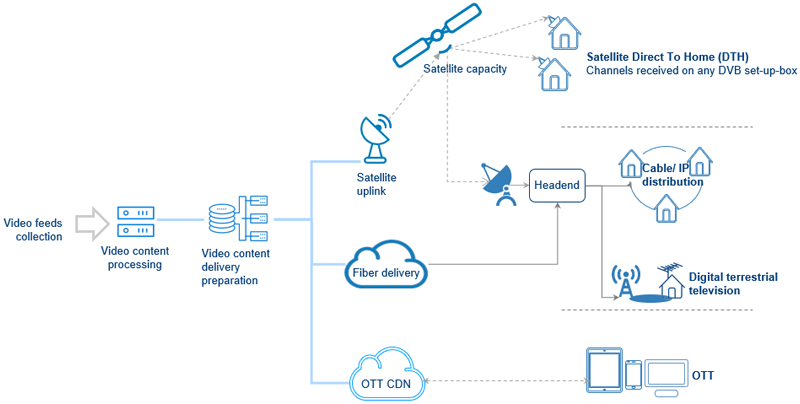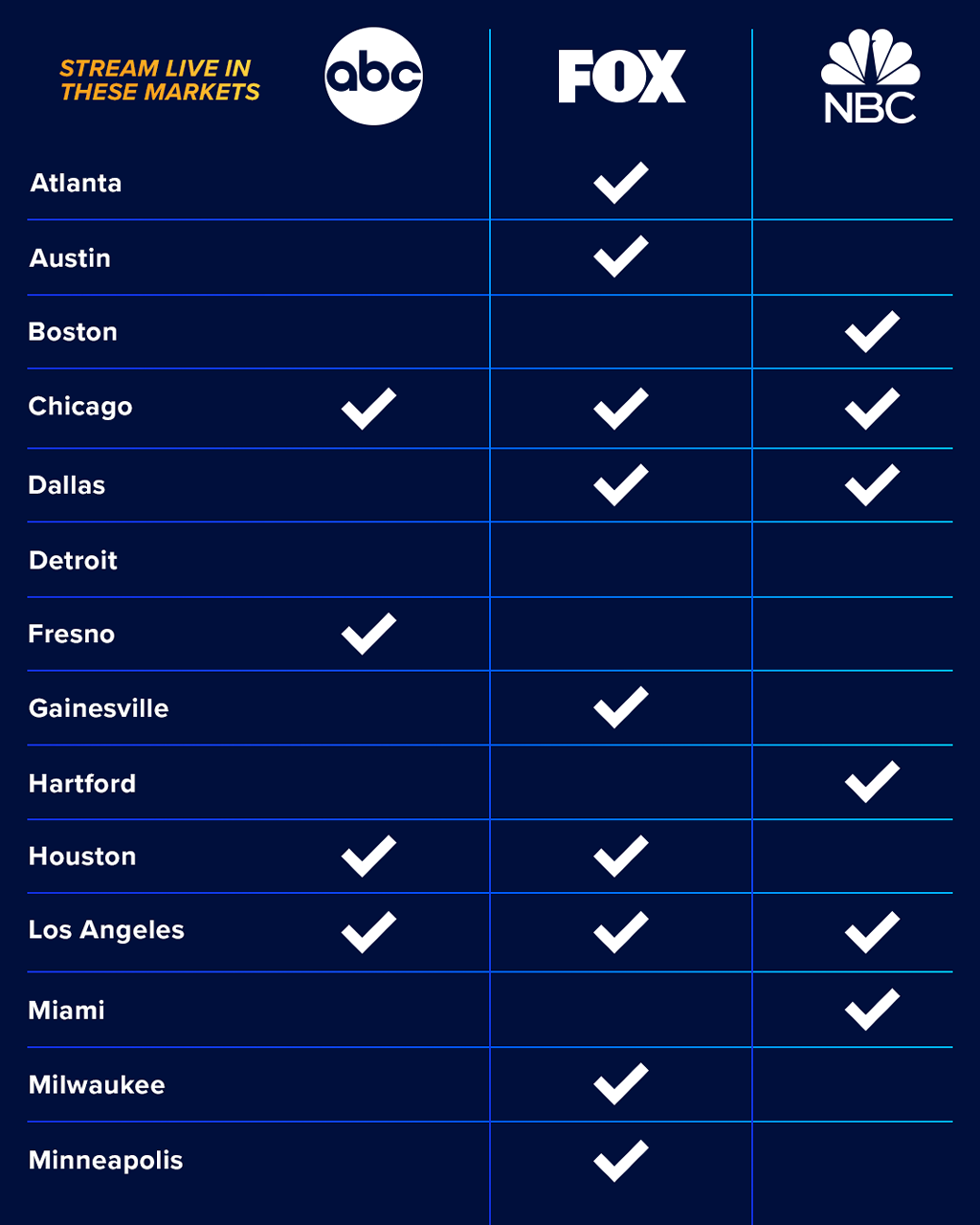The 3-Minute Rule for Apollo Group Tv
The 3-Minute Rule for Apollo Group Tv
Blog Article
What Does Apollo Group Tv Mean?
Table of ContentsLittle Known Questions About Apollo Group Tv.Get This Report about Apollo Group TvThe smart Trick of Apollo Group Tv That Nobody is Talking AboutApollo Group Tv Things To Know Before You Get This
In this situation, instead than having three-minute industrial places during a 30-minute television program, television shows might change to one where a consumer will be needed to have a regular monthly subscription, to ensure that they cen view targeted banner advertisements. This type of advertising and marketing currently occurs on the internet, and the amount of information tv business accumulate permits them to do similar.Explain the major patterns amongst the broadcasting and cord networks. Popular radio shows such as police dramatization Dragnet and western cowboy series Gunsmoke were adapted for tv, and new Television shows were sponsored by solitary marketers, just as radio programs had been.
Today, the television industry is even more complicated. Programs are funded by numerous marketers; shows is controlled by major media corporations; and the three major networks no more control the airwaves yet rather share their audiences with numerous wire channels. Numerous aspects account for these fads within the industry, consisting of technological growths, government guidelines, and the development of brand-new networks.

The 6-Second Trick For Apollo Group Tv
Also public television has actually come to be based on the impact of advertising and marketing. Established in 1969, (PBS) created out of a report by the Carnegie Payment on Educational Television, which checked out the function of educational, noncommercial television on culture. The report advised that the government money public tv in order to supply diversity of programs throughout the network eraa service developed "not to sell items" but to "improve citizenship and civil service (McCauley, 2003)." Public tv was also meant to give global accessibility to television for customers in country locations or audiences that could not pay for to spend for private tv solutions.
The period in between 1950 and 1970 is traditionally recognized as the. In addition to a tiny part of airtime regulated by public tv, the 3 significant networks (understood as the Big 3) controlled the tv sector, collectively accounting for more than 95 percent of prime-time viewing. In 1986, Rupert Murdoch, the head of multinational company Information Corp, released the Fox network, testing the dominance of the Big Three.
Targeting young and minority target markets with programs such as Buffy the Vampire Killer, Moesha, Dawson's Creek, and The Wayans Bros., the brand-new networks wanted to attract terminals far from their old network associations. Instead than repeating the success of Fox, UPN and WB had a hard time to make an effect. Not able to draw in several associate terminals, both new networks got to less houses than their bigger opponents since they were inaccessible in some smaller sized cities.
This choice led the way for the development of cable television film channels, contributing to the rapid development of wire in the 1980s and 1990s. apollo group tv. More deregulation of wire in the 1984 Wire Communications Plan this website Act eliminated limitations on cable rates, enabling operators to bill what they wanted for cable services as long as there was effective competitors to the service (a criterion that over 90 percent of all cable markets could fulfill)
8 Easy Facts About Apollo Group Tv Shown

Having developed the initial "superstation," Turner expanded his realm by establishing 24-hour information network CNN in 1980. At the end of the year, 28 nationwide programming services were available, and the cable television transformation had actually started. Over the following years, the sector undertook a period of rapid growth and popularity, and by 1994 viewers could select from 94 fundamental and 20 premium cable television services.
Number 9 - https://www.storeboard.com/apollogrouptv7.16 Raised competition from cord channels has created a stable decline in the networks' target market ratings. During the 1950s, the expense of generating a single television program raised as shows ended up being longer and manufacturing costs soared. Sponsorship on network television moved from solitary sponsorship, in which a program was totally supported and created by one advertiser, to several sponsorship, in which marketers acquired 1- or 2-minute spots on the show
Each action needs to be a minimum of one paragraph. Pick among the Big 4 networks and publish out its once a week programs routine. Enjoy the network's prime-time programs over the course of a week, noting the target demographic for every show. Observe the advertising and marketing sponsors that support each program and contrast just how the product or services fit with the desired target market.
Not known Factual Statements About Apollo Group Tv

Straight television, often referred to as standard program television, incorporates cable and satellite television. It's called "linear" because material complies with an established programs schedule, unlike on-demand material which the private customer makes a decision to see based on their very own preferences and routine. So, when you ask, "What is straight television?", think about it as the classic way of watching TV that has actually been around for years.
Report this page